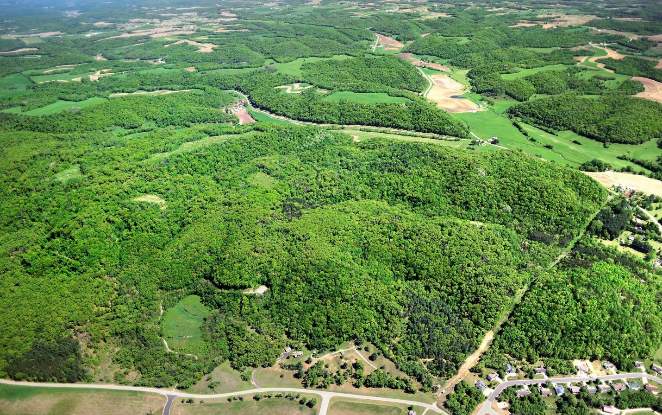African Parks reporting from 2017
Posted on
|
African Parks is responsible for the rehabilitation and long term management of national parks and protected areas. They do this in partnership with governments and local communities, and the goal is to make teach park ecologically, socially and financially sustainable in the long term. And at the end of 2017, they were responsible for managing 14 protected areas in 9 countries (it’s now 15). The areas spanned 40,540 square miles covering 7 of the 11 ecological biomes on the continent. They have a large counter-poaching force with 1,000 rangers and over 5,000 staff across the parks. They are undertaking various active management interventions:
Where security has been restored and governance established, they’ve seen the rise of civility and a better way of life has returned. There is tremendous momentum to make this rehabilitation happen and to continue to build on successes that African Parks has so far achieved. Founded in 2000, it’s a non-profit conservation organisation. Their Annual Report for 2017 Restoration: Nature’s Return highlights:
African Parks goal is to manage 20 African parks by 2020. You can be a part of this journey and give your support. Sign up for African Parks’ newsletter Donate to African Parks |
